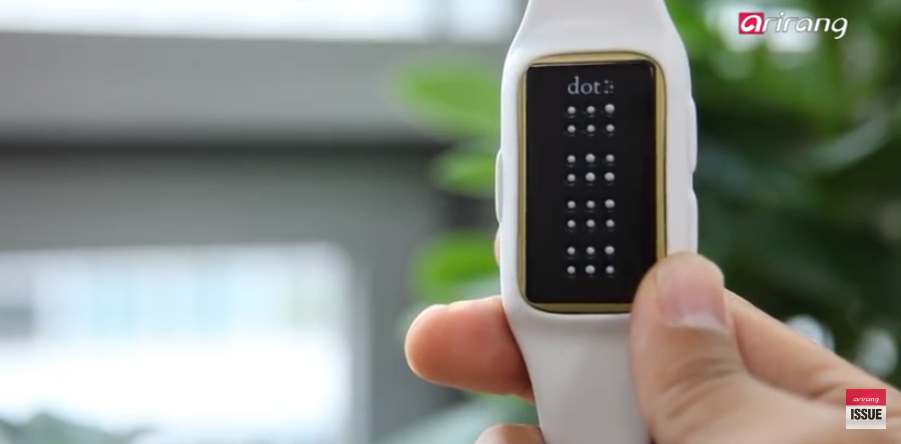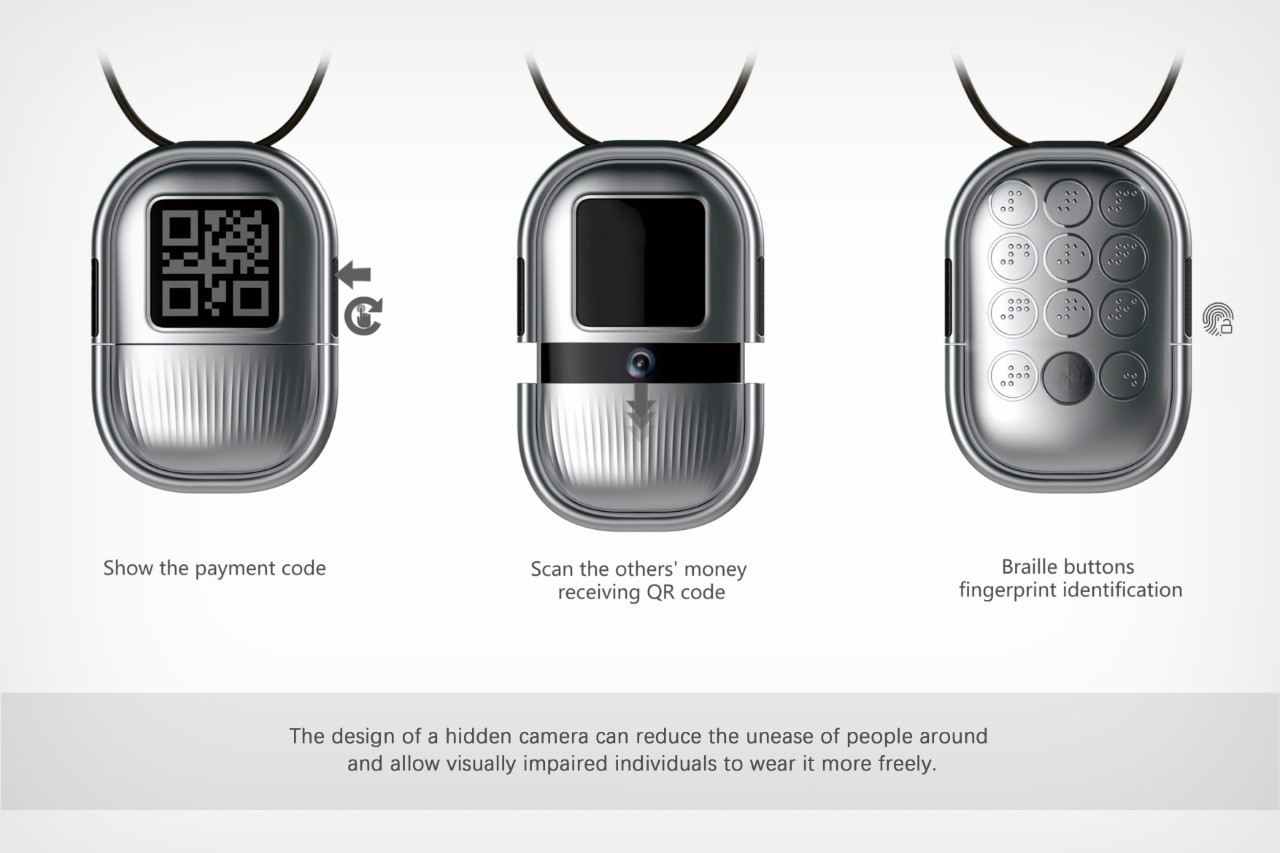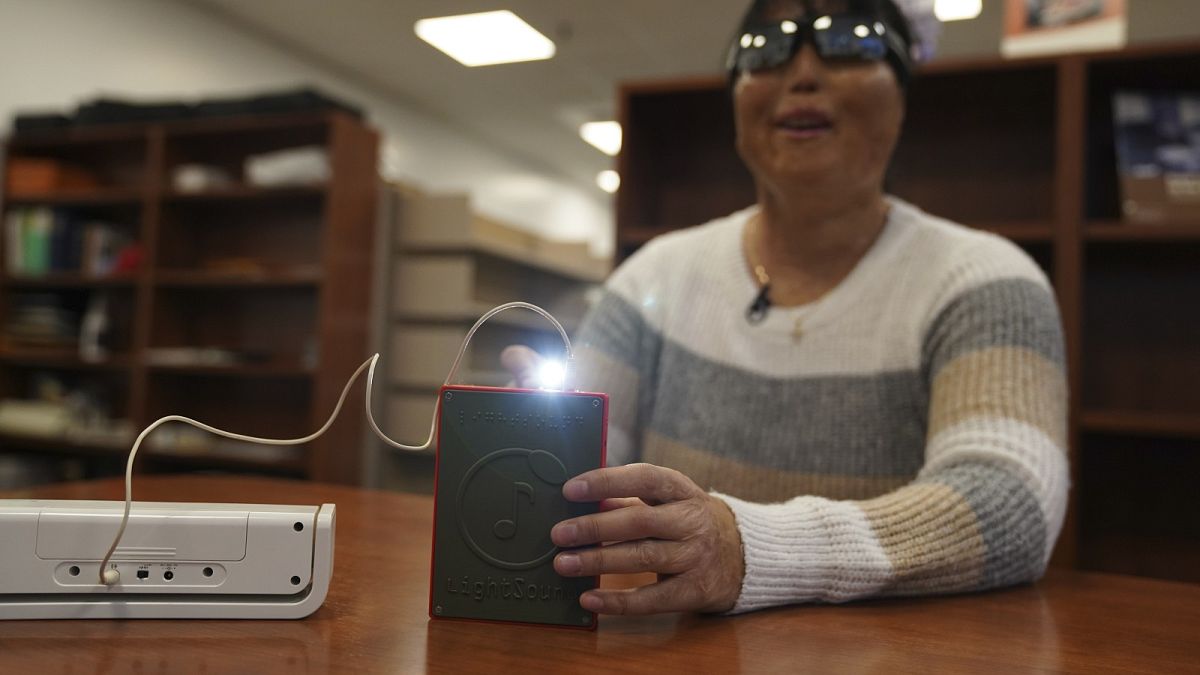Voice-Activated Assistive Devices: Simplifying Regular Tasks
Voice-Activated Assistive Devices: Simplifying Regular Tasks
Blog Article
Empowering Independence With Assistive Modern Technology for the Blind
The assimilation of assistive technology into the lives of individuals with visual problems stands for a substantial innovation in promoting independence and self-sufficiency. From cutting-edge display visitors to sophisticated wise walking sticks, these tools not only boost everyday navigating and interaction however additionally encourage customers to involve meaningfully in different facets of life. As we check out the myriad benefits and real-world applications of these innovations, it ends up being critical to examine the underlying variables that contribute to their performance and the possibility for future advancements in this important area.
Introduction of Assistive Innovation

The growth of assistive innovation is grounded in concepts of inclusivity and empowerment. Technologies in software program, hardware, and sensory improvements supply users with choices customized to their certain needs. From display visitors that convert message to speech, to tactile tools that share details with touch, these tools change the way people involve with their surroundings.
Along with useful applications, assistive modern technology cultivates higher social incorporation and involvement in numerous markets, consisting of education and work (Braille displays and notetakers). As r & d proceed to develop, the capacity for assistive modern technology to better boost the lives of visually damaged individuals continues to be promising, leading the means for an extra fair society where everybody can grow
Kinds Of Assistive Tools
A range of assistive gadgets have actually arised to sustain people with visual disabilities, each created to fulfill details demands and enhance everyday functioning. These tools range from low-tech remedies to sophisticated innovations, providing varied choices for customers.
Low-tech tools consist of magnifiers and large-print products that help in analysis and writing. Braille devices, such as Braille stylus pens and slates, allow tactile reading and communication. Orientation and movement aids, like white walking sticks, help users browse their atmosphere securely.
On the greater end of the range, electronic zoom systems and display viewers offer significant assistance. Electronic magnifiers permit users to enlarge text and photos on screens, while display viewers convert electronic material into manufactured speech, facilitating accessibility to info on computer systems and mobile phones.
Smart device applications additionally play a vital function, providing attributes like text recognition and navigating help. Wearable innovation, such as smart glasses outfitted with enhanced reality, is arising as an appealing tool to boost situational awareness.
Advantages of Assistive Technology
The integration of assistive technology dramatically improves the quality of life for people with aesthetic impairments. These innovations empower customers by promoting freedom, enabling them to browse their environments a lot more efficiently and execute everyday jobs with better ease. Screen viewers and magnification software enable people to access digital information, cultivating specialist and educational possibilities that may have previously been out of reach.
In addition, assistive devices such as wise canes and GPS applications give real-time navigation support, boosting mobility and security. This increased autonomy not just enhances self-confidence however likewise motivates social engagement, allowing individuals to take part even more fully in their neighborhoods.
Assistive innovation additionally promotes interaction, aiding users get in touch with others with voice recognition and text-to-speech applications. This ability is crucial for keeping relationships and accessing vital info.
In addition, the customization options available with many assistive technologies ensure that customers can customize tools to their certain requirements, further boosting use and performance. On the whole, the benefits of assistive technology for people with aesthetic disabilities are extensive, advertising a much more inclusive society where every person can pursue their desires and objectives.
Case Studies and Success Stories
Highlighting the transformative effect of assistive modern technology, view publisher site various study illustrate exactly how people with visual disabilities have actually successfully incorporated these devices into their lives. One engaging example involves an university student that used screen analysis software program to navigate online sources and scholastic materials successfully. This modern technology not only facilitated her education and learning but likewise improved her confidence in participating in discussions and team projects.
Another study features a professional that employs a smart device application developed for navigation and things acknowledgment. By using this application, he has actually restored autonomy in both his individual and job environments, enabling him to commute separately and engage with associates more efficiently.
Furthermore, a blue light filtering glasses retired person shared her experience with braille e-readers, which allowed her to access a substantial range of literature and stay gotten in touch with her community with book clubs.
These success stories underscore the critical duty of assistive innovation in fostering independence, enhancing lifestyle, and promoting social combination for individuals with visual impairments (Screen readers for the blind). By accepting these cutting-edge tools, individuals can conquer difficulties and seize chances that contribute to their individual and specialist gratification

Future Trends in Assistive Innovation
Development in assistive modern technology is positioned to redefine the landscape of support for individuals with visual impairments. Emerging trends emphasize the integration of synthetic intelligence (AI) and artificial intelligence, which improve the functionality of devices that assist with navigating and details access. As an example, AI-driven applications are now efficient in interpreting visual data in real-time, enabling users to engage with their atmosphere a lot more individually.
Moreover, the development of wearable modern technology is progressing quickly. Smart glasses furnished with augmented truth (AR) can give audio summaries of environments, changing how users connect with public spaces. These devices not only promote freedom however also foster social addition.
Additionally, the Web of Things (IoT) is making homes smarter, permitting smooth connectivity between assistive tools and everyday home appliances. This connection equips users by making it find out possible for automatic reactions and voice-activated controls tailored to private needs.
Final Thought
In conclusion, assistive technology plays an essential role in encouraging individuals with aesthetic disabilities by improving their freedom and engagement with their environments. The diverse series of applications and gadgets available not just facilitates navigating and communication yet additionally advertises social combination and chances for specialist and personal development. As advancements proceed in this area, the capacity for improving the quality of life for those with aesthetic problems will certainly broaden, promoting higher autonomy and empowerment.

Report this page